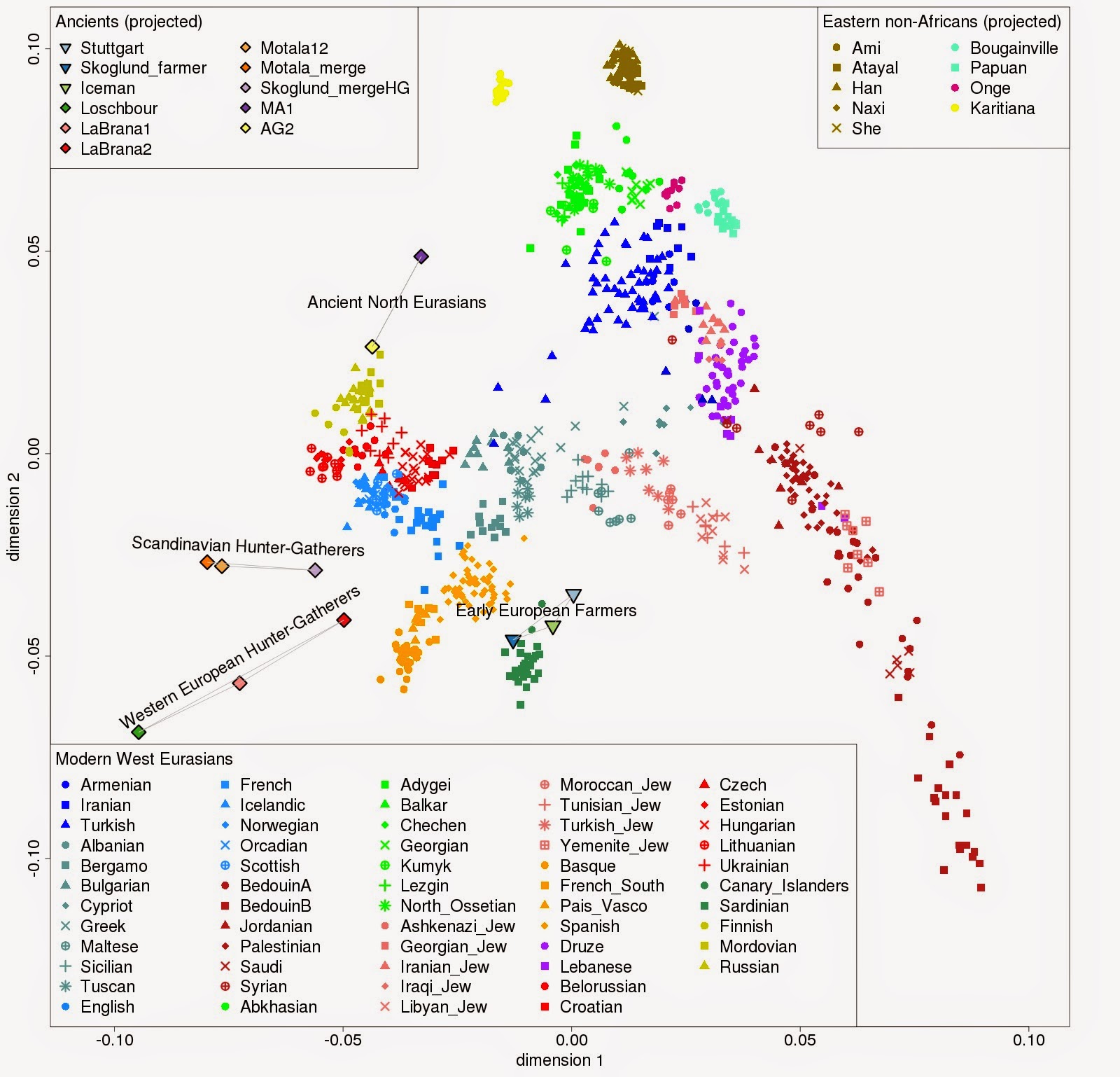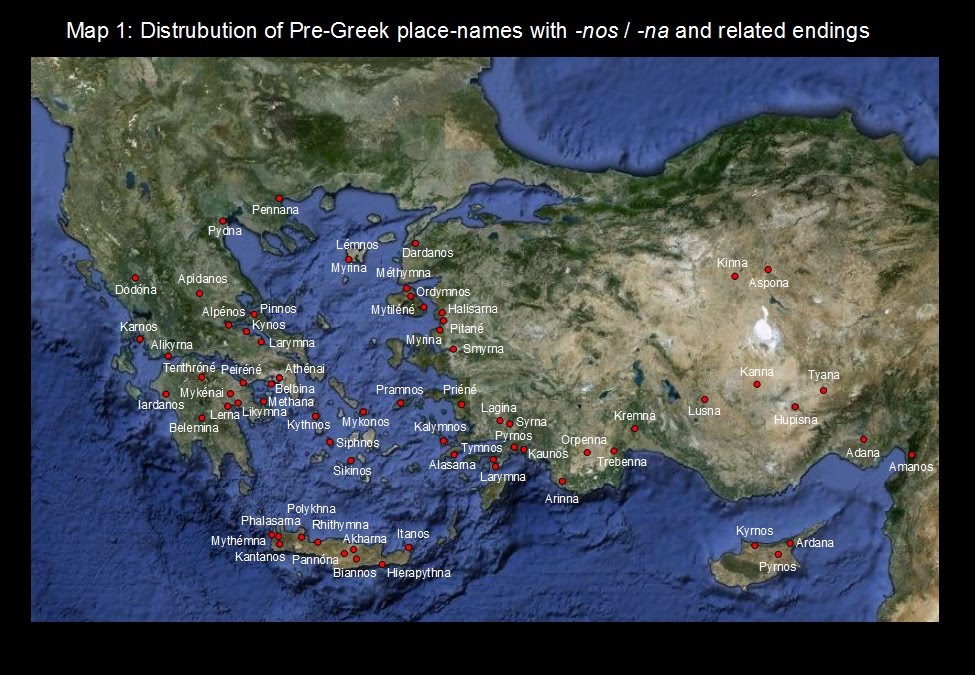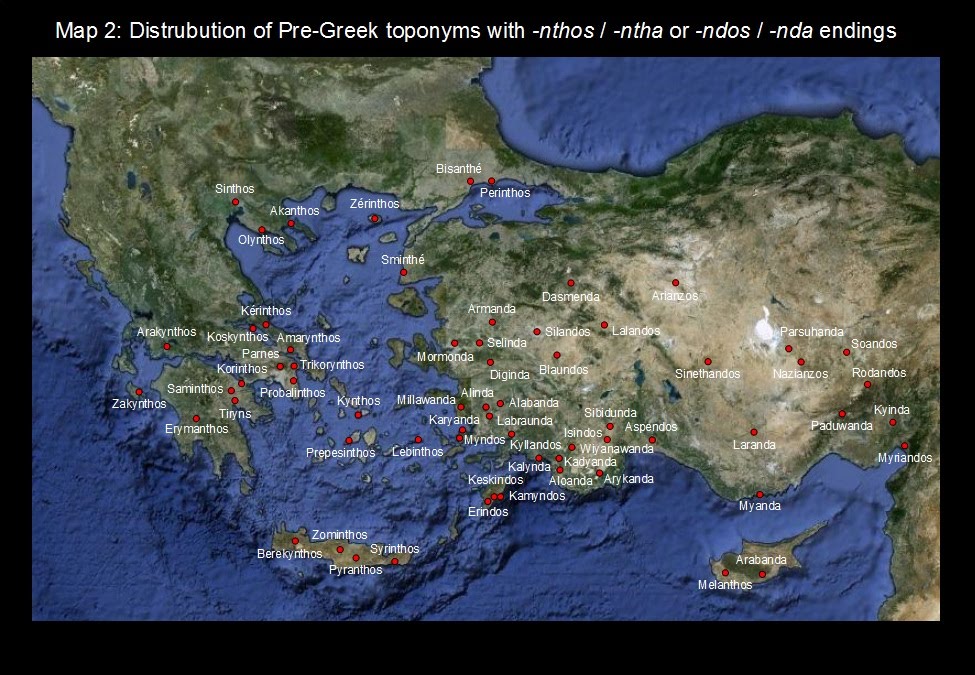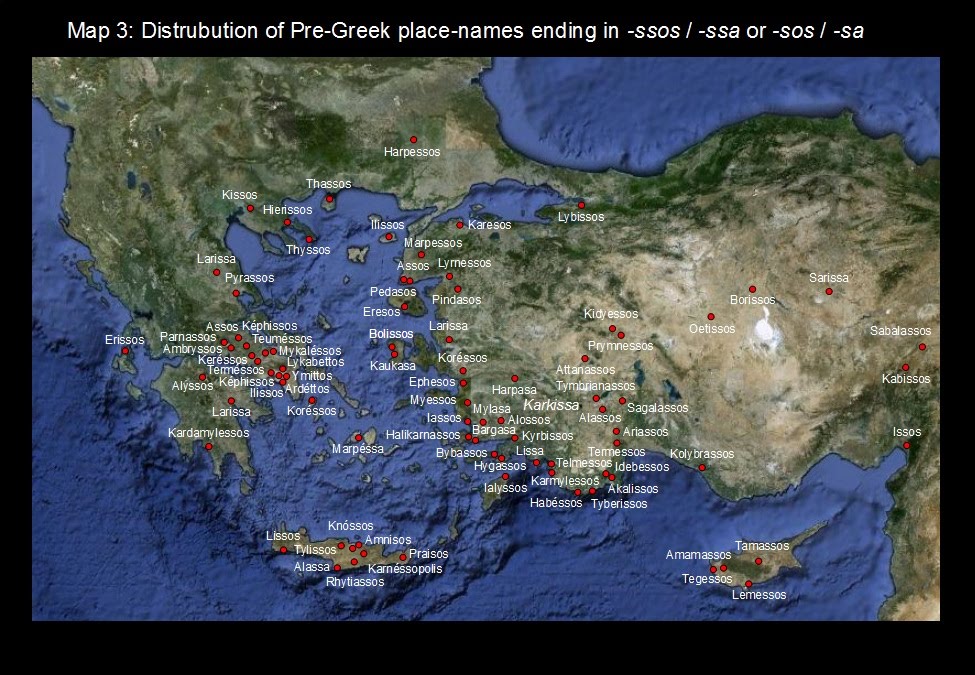Angela
Elite member
- Messages
- 21,823
- Reaction score
- 12,328
- Points
- 113
- Ethnic group
- Italian
^^^^^^^^^^^^^
Yeah those 6 samples are way out there by themselves. Also the French seem to overlap a lot with Hungarians which is surprising
I've always thought there's something wonky about that first French academic sample, although I have no proof of it. That's the one which I think 23andme uses, for example, and they can't tell the southern Germans from the eastern French. Then, Hungary has had a lot of German migration, and they have more EEF than Slavs, so they plot in the general vicinity without having been affected by the exact same migrations.
(Btw, the samples are from students at the University of Lyon. Who knows how careful they were about all four grandparents being French, given how many foreigners, i.e. Italians, Germans, Poles, etc. are now "French". They should probably have used only people with all great-grandparents being from France.)







